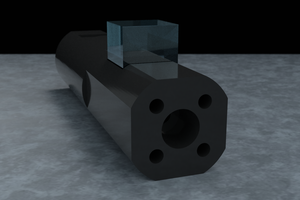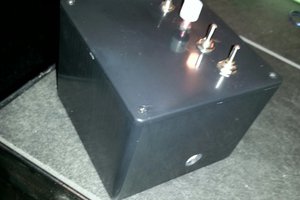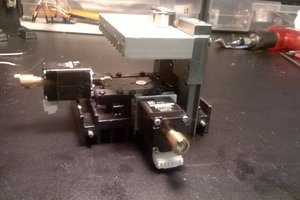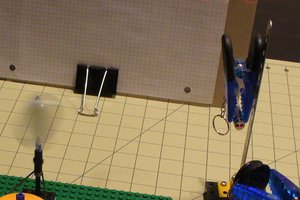This is the video I've made for my YouTube channel. It's in french but I'll add English captions soon and provide more info here on how to build it.
Michelson Interferometer
A Michelson Interferometer made with OpenBEAM extrusions and 3D printed optical mounts
 Frédérik Berthiaume
Frédérik Berthiaume




 David H Haffner Sr
David H Haffner Sr
 Alpha Charlie
Alpha Charlie
 Roland Varga
Roland Varga
 Steve Schuler
Steve Schuler
@mullermuttu It's a PIN photodiode with preamp from Hamamatsu, S6468 series https://docs.rs-online.com/fbe9/0900766b80870611.pdf